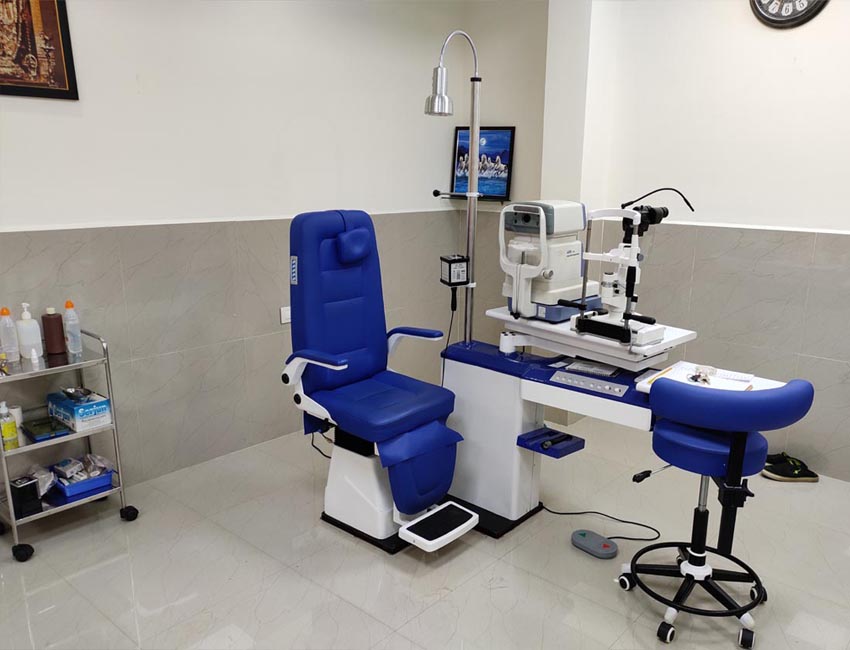sharathryajaman@gmail.com
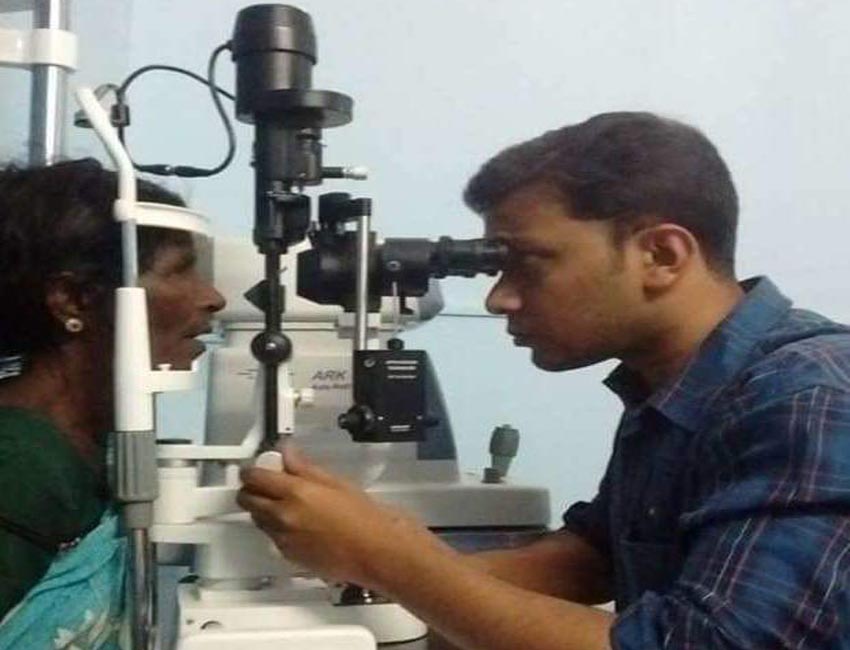
We provide comprehensive eye examination including vision testing, refraction and prescription of glass or contact lens, Intra-ocular pressure check and monitoring, evaluation of eye muscle balance, and gonioscopy and detailed evaluation of optic nerve and retina. We advise regular eye check for all persons above 40 years. People with diabetes, family history of glaucoma need regular complete eye exam on regular basis even if they are below 40 years.
"An eye examination is a series of tests performed by an ophthalmologist (medical doctor), optometrist, or orthoptist assessing vision and ability to focus on and discern objects, as well as other tests and examinations pertaining to the eyes."
A comprehensive eye exam to assess your visual system and eye health involves a number of different of tests. Unlike a simple vision screening, which only assesses your vision, a comprehensive eye exam includes a battery of tests in order to do a complete evaluation of the health of your eyes and your vision
Cataract surgery is the most frequently performed surgical procedure in the world. In conventional phacoemulsification cataract surgery, the surgeon uses hand held instruments to manually create a circular opening in the outer shell of the cataract. Next the surgeon uses ultrasound energy and instruments to break up and remove the cataract. Finally, the surgeon implants an artificial intraocular lens inside the remaining shell to replace the natural lens.
The aim of the surgery is to provide patients with the best possible post-operative vision. Cataract surgery outcomes are based on planning, managing and performing the surgery and the effective monitoring of the post-operative period.
Cataract is an opacity in the crystalline lens part of eye. Common causes for cataract occurence include Ageing of eye, Family history, Diabetes, Injuries, Medications, Unprotected exposure to sunlight, etc. Cataract can cause decreased vision, glare at night, haloes and decreased brightness. Due to visual disturbances there may be difficulty in driving, climbing stairs. It can lead to more falls and accidents.

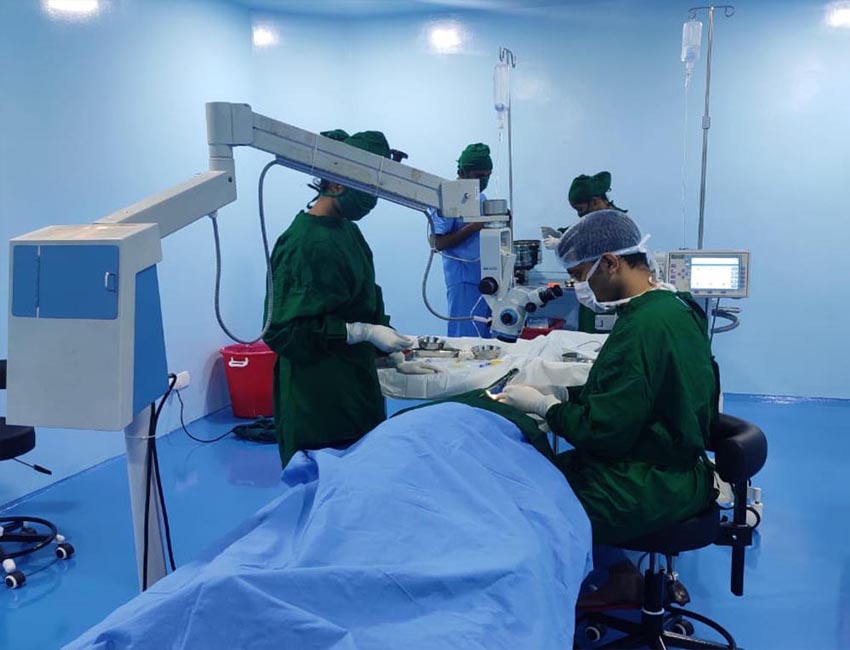
The inability of the eye to accurately focus the rays of light coming from a distance on the retina is called refractive error. The correction of the eye to view the image correctly is refractive surgery which again depends on the condition of the eye. A variety of treatments are available that correct refractive errors by changing the shape of the cornea. Through a process known as Photorefractive Keratectomy (PRK) or Laser Assisted in-Situ Keratomileusis (LASIK).
Refractive Services – Treatment of all kinds of Refractive errors; evaluated by the most advanced topographers and performed by state of the art Femtosecond laser and precise Excimer lasers and Smart Pulse technology.
Cornea Clinic – Evaluation And Management Of Corneal Ulcers, Keratoconus, Ocular Trauma, Chemical Injuries, Surface Disorder ( Dry Eye And Others ), Ocular surface Squamous Neoplasia (OSSN- conjunctival & corneal surface tumors)
Glaucoma is a disease that damages your eye’s optic nerve. It usually happens when fluid builds up in the front part of your eye. That extra fluid increases the pressure in your eye, damaging the optic nerve.
Glaucoma is a leading cause of blindness for people over 50 years old. But blindness from glaucoma can often be prevented with early treatment.
There are two major types of glaucoma,
Glaucoma is more prevalent in patients with Diabetes mellitus, high refractive power, family history of glaucoma, smoking, trauma. It can also occur as complication of various eye surgery.

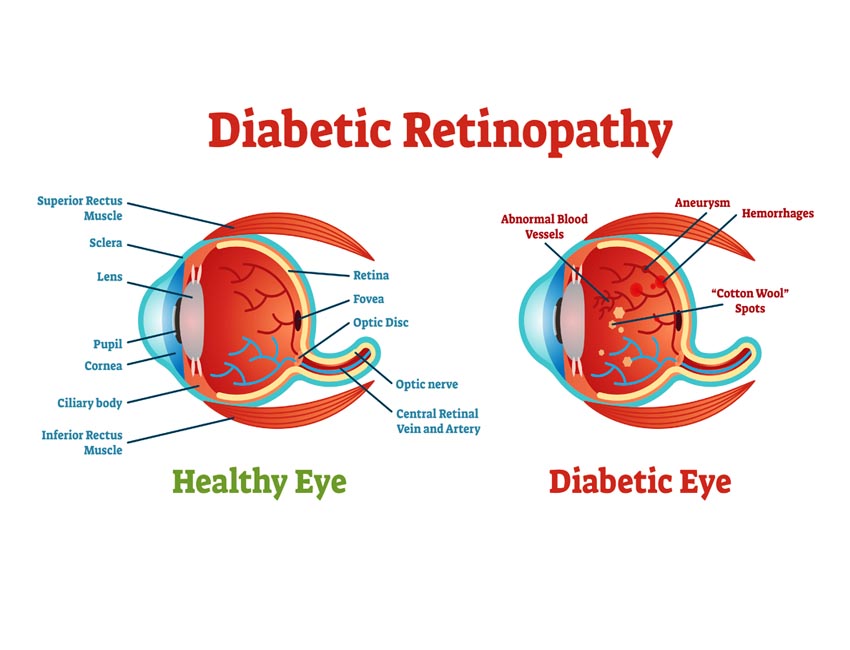
Diabetes mellitus has emerged as big burden in the society. Disease affects almost all the organs of the body. This is the systemic disease-causing various changes in the blood vessels of the body. Diabetes can affect eyes and if not treated earlier can lead to blindness also. This is one of the major causes of visual impairment in worldwide now.
Hence all the diabetic patients should undergo routine eye examination so that any diabetic changes in the eyes can be detected earlier and treated to avoid sight threatening complications of diabetes and prevent blindness. Diabetic eye care has been one of the most important aspect of eye care since many patients are becoming blind due to diabetic eye problems.
Diabetic can cause various changes in the eyes such as change in refractive error, cataract, iridopathy, retinopathy, macular edema, optic neuropathy. Diabetic retinopathy is the major concern that can be prevented, if untreated can lead to blindness.
Phacoemulsification is a condition in which there is a misalignment of the eyes. In other words, the two eyes are pointed in different directions. One eye may be looking straight ahead while the other is turned inward, outward, upward or downward. Muscles of the eye control movements of the eye. If one muscle is stronger than the other, the eye will be turned towards that direction. This is how a Phacoemulsification is formed. To treat this, one has to weaken the stronger muscle and strengthen the weaker muscle.
Phacoemulsification is common eye problem which at times is cosmetically very much bothering. Phacoemulsification is of various types and treatment spectrum is very huge. Our hospital gives complete and comprehensive eye examination.
Phacoemulsification was considered to be the eye problem which has less solution for long years, but with advance in surgical field, Phacoemulsification has many options and many of the patients are happy.
Most importantly young population can get good cosmetic results after Phacoemulsification surgery. Phacoemulsification is very challenging eye problem and hence proper evaluation and treatment is must.
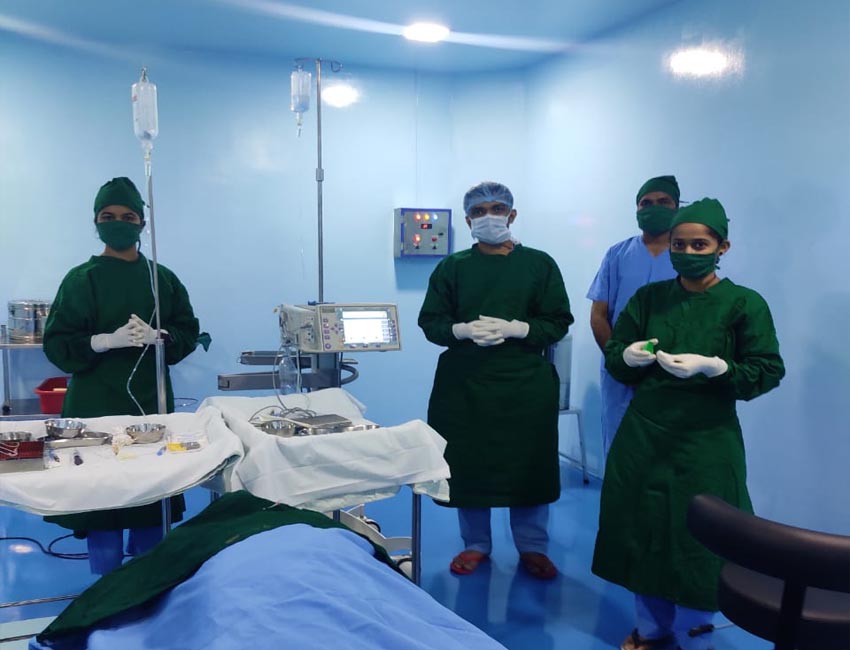
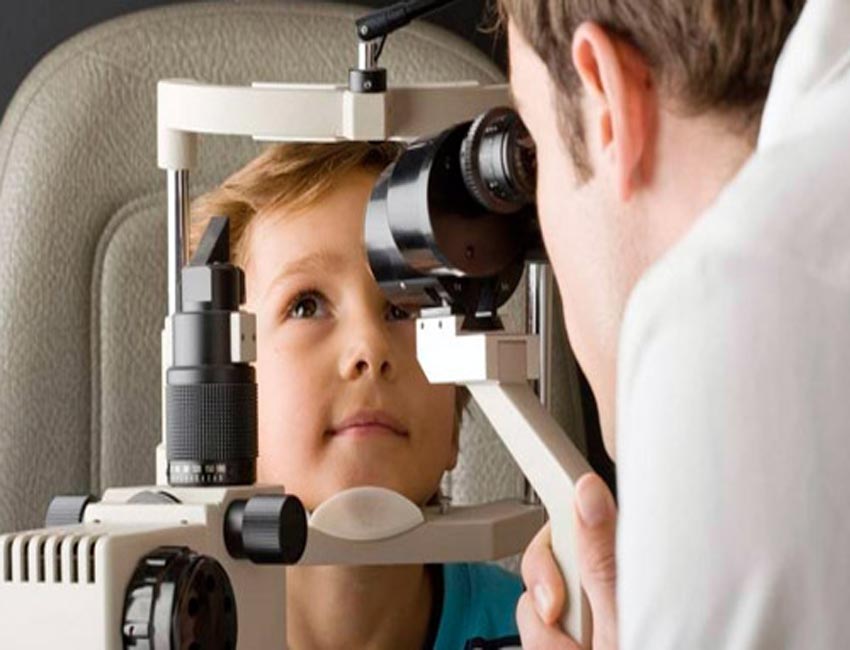
Paediatric ophthalmology is a specialization field of general Ophthalmology and Sharath Eye Hospital has ophthalmologists who specialize in paediatric ophthalmology. Child’s eyes are very different from that of adults as it takes around ten years for the eyes to mature and see finer details completely. Therefore, the way a child’s eye reacts to the treatment, the way of examining, and the way of treating – all are different, specialized, and children friendly.
Paediatric Ophthalmology is taken quite seriously at Sharath Eye Hospital with expert consultants & surgeons working round-the-clock to make sure, the vision of our future generation is well protected. Children with Phacoemulsification and lazy eye issues are initially treated by prescribing glasses and suggesting eye exercises. Parents of children born from a wedlock between relatives or with both of them wearing glasses due to refractive errors are advised to bring their kids for an evaluation, right from 3-4 years of age.
Our OPD works is open from Monday to Saturday from 9 AM to 8 PM. OPD is provided with the best guidance and service until he/she walks out of the hospital. Once registered in the reception the patients are treated by qualified Optometrists, Vision Technicians and other qualified eye care personnel before being taken to Ophthalmologists consultation.
